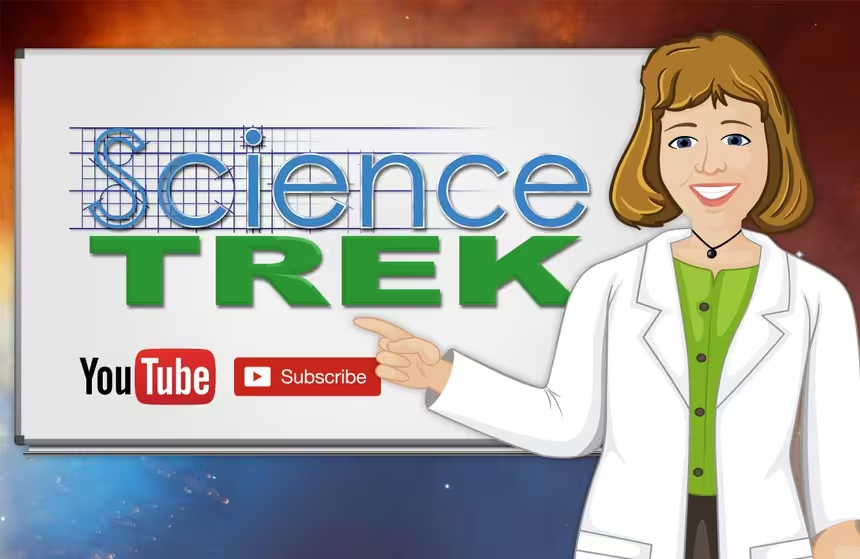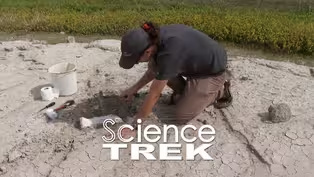
Mammoths: Mammoth or Mastodon?
Clip: Special | 1m 4sVideo has Closed Captions
What is the difference between a mammoth and a mastodon?
Mammoths and mastodons look somewhat alike, but they’re very different animals. Find out more about these ancient creatures.
Problems playing video? | Closed Captioning Feedback
Problems playing video? | Closed Captioning Feedback
Science Trek is a local public television program presented by IdahoPTV
Major Funding by the Laura Moore Cunningham Foundation and the Idaho National Laboratory. Additional Funding by the Friends of Idaho Public Television and the Corporation for Public Broadcasting.

Mammoths: Mammoth or Mastodon?
Clip: Special | 1m 4sVideo has Closed Captions
Mammoths and mastodons look somewhat alike, but they’re very different animals. Find out more about these ancient creatures.
Problems playing video? | Closed Captioning Feedback
How to Watch Science Trek
Science Trek is available to stream on pbs.org and the free PBS App, available on iPhone, Apple TV, Android TV, Android smartphones, Amazon Fire TV, Amazon Fire Tablet, Roku, Samsung Smart TV, and Vizio.

Science Trek
Science Trek is a place where parents, kids, and educators can watch short, educational videos on a variety of science topics. Every Monday Science Trek releases a new video that introduces children to math, science, technology, engineering, and math (STEM) career potentials in a fun, informative way.[MUSIC] JOAN CARTAN-HANSEN, HOST: Mammoths and mastodons look somewhat alike.
But they're very different animals.
Mastodons first appeared about 27 to 30 million years ago.
Mammoths first appeared about five million years ago and are in the elephant family.
Mastodons were shorter and stockier than mammoths.
Both had long upper tusks, but mammoth tusks have a curve while mastodon tusks grew straighter.
But the easiest way to tell them apart was by Looking in their mouths.
Mastodons ate twigs and harder vegetation.
So, they're teeth were more pointed and adapted for crushing.
Mammoths ate grasses, so their teeth were flatter and adapted for grazing and grinding.
President Thomas Jefferson was fascinated by mammoths and mastodons.
Mastodon bones found in the late 1700s were some of the first bones recognized as an unknown animal.
That's because no living animal had teeth like the fossils did.
In Jefferson's time, people didn't yet understand that some animals had gone extinct in Earth's history.
For more information about mammoths, check out the science trek website.
You'll find it at science trek dot org.
Mammoths: What Does a Paleontologist Do?
Video has Closed Captions
Clip: Special | 1m 4s | What does a paleontologist do? (1m 4s)
Providing Support for PBS.org
Learn Moreabout PBS online sponsorship
- Science and Nature

Explore scientific discoveries on television's most acclaimed science documentary series.

- Science and Nature

Capturing the splendor of the natural world, from the African plains to the Antarctic ice.












Support for PBS provided by:
Science Trek is a local public television program presented by IdahoPTV
Major Funding by the Laura Moore Cunningham Foundation and the Idaho National Laboratory. Additional Funding by the Friends of Idaho Public Television and the Corporation for Public Broadcasting.
